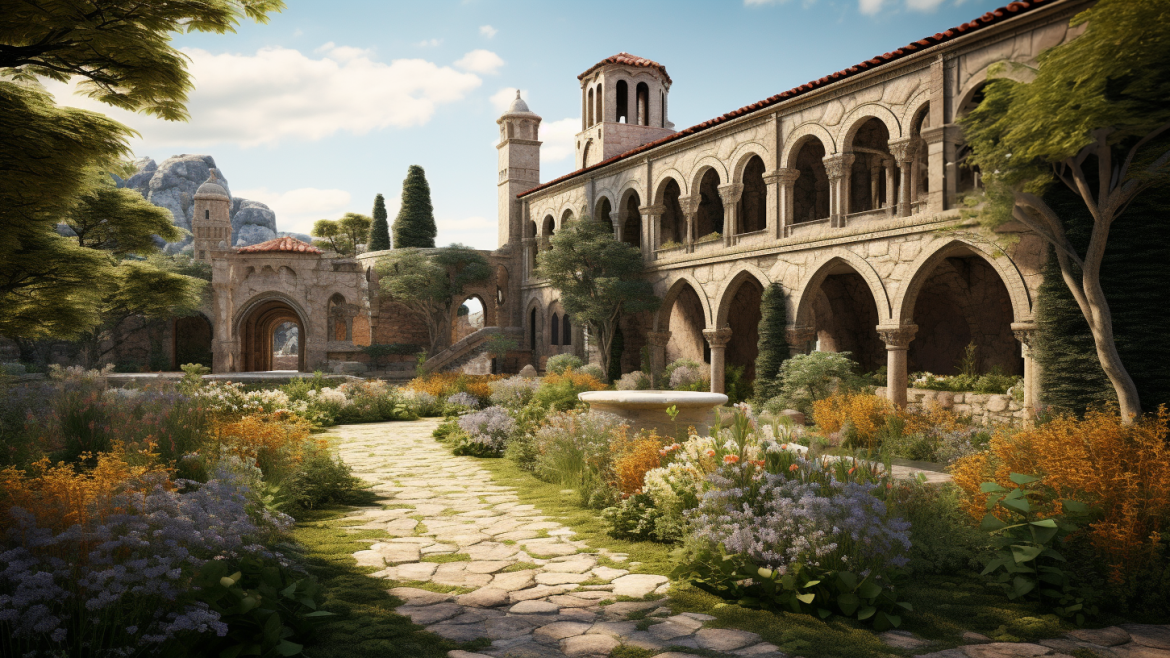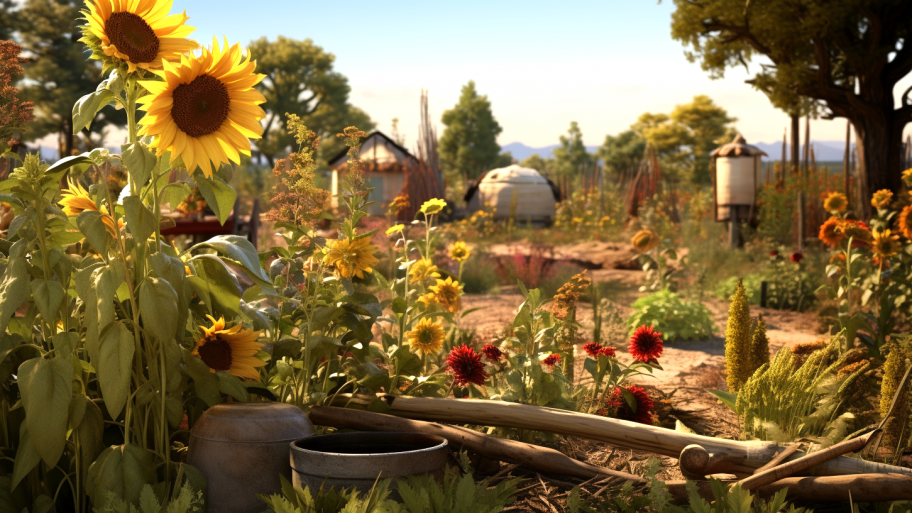During the Middle Ages, monasteries played a crucial role in preserving and advancing horticultural knowledge. While Europe was experiencing a period of upheaval and decline in the fields of science and art, monasteries stood as bastions of learning, providing a sanctuary for the development and conservation of horticultural practices.1 2 3 4
Monks were responsible for maintaining monastery gardens, which served as essential sources of food and medicine for the monastic community. The gardens not only provided nourishment for the monks, but they also supported the surrounding villages with surplus produce, making monasteries vital hubs of agricultural activity.5
The monks’ dedication to horticulture went beyond mere sustenance. They actively sought to improve cultivation techniques and selectively bred plants for desirable traits. As a result, monastic gardens became a center for experimentation, with monks exchanging knowledge and seeds with other monasteries across Europe, further enriching horticultural practices.6 7
Monastic libraries played a significant role in preserving ancient texts on agriculture and botany. Monks meticulously copied and translated works from Greek, Roman, and Arab scholars, ensuring that this valuable knowledge would not be lost to the ravages of time. As a result, monasteries became repositories of agricultural wisdom, safeguarding the horticultural heritage of the past while contributing to its ongoing development.8 9
The monks’ dedication to horticulture was not solely practical; it also held spiritual significance. Monasteries were designed to be self-sufficient, allowing the monks to focus on their spiritual pursuits without being dependent on the outside world. By working the land, the monks believed that they were emulating the harmony between God, humanity, and nature, fostering a deep connection to the divine through their horticultural endeavors.10
In summary, monasteries were crucial to the preservation and advancement of horticultural knowledge during the Middle Ages. The gardens cultivated by the monks provided essential resources and fostered innovation, while their libraries protected valuable ancient texts. Their dedication to horticulture not only supported their communities but also contributed to the evolution of gardening practices throughout the medieval period. As we delve further into the fascinating world of medieval monastic gardens, we invite you to explore the next article in our series, which focuses on the invaluable role of medicinal and culinary herbs in these sacred spaces.




